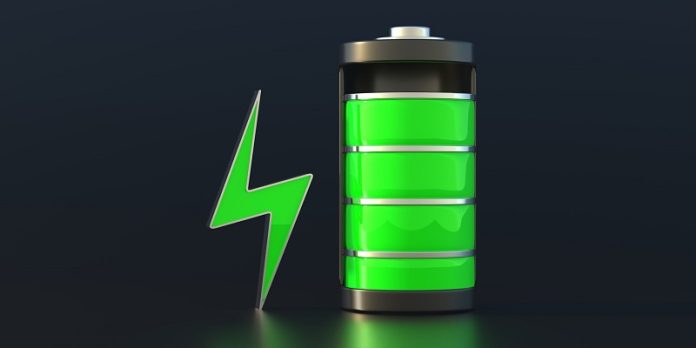
Battery fires have become more common in recent years, often caused by hidden defects that are hard to detect just by looking.
These problems can lead to overheating or even explosions, especially in lithium-ion batteries used in phones, laptops, electric bikes, and cars.
To help prevent these dangerous failures, researchers at Drexel University have created a new, low-cost way to look inside batteries using ultrasound—similar to how doctors check on babies during pregnancy.
In a recent study published in Electrochimica Acta, the research team showed how sound waves can be used to safely and quickly examine the inner workings of a battery.
This ultrasound method doesn’t harm the battery or interrupt its performance, but it can reveal flaws deep inside—like cracks, dry areas, or dangerous gas buildup—that might eventually cause the battery to overheat or fail.
Wes Chang, Ph.D., an engineering professor and leader of the Battery Dynamics Lab at Drexel, explained that while lithium-ion batteries have been around for decades, it’s only recently that we’ve had tools sharp enough to look inside them in real time.
Ultrasound, a method borrowed from medicine and earth science, is now being adapted for battery testing, and Chang’s team is helping to show engineers how useful and easy it can be.
Their method uses a tool called a scanning acoustic microscope, which sends low-energy sound waves through a battery.
As the waves move through different parts of the battery, they change speed depending on the material they pass through. This gives scientists a detailed picture of what’s happening inside. For example, the presence of gas—an early warning sign of failure—can be clearly spotted.
One big advantage of this method is that it’s much cheaper and faster than using X-rays, which are currently used by some battery manufacturers but are costly and time-consuming.
Right now, most companies rely on visual checks or test only a small sample of batteries, which means some problems might slip through and affect thousands of devices.
Chang’s team worked with a battery startup, SES AI, to test this technology in a real research setting. It helped their engineers quickly understand battery problems and adjust designs on the spot. They also created open-source software so other researchers can use this tool without needing to build new systems from scratch.
Looking ahead, the team hopes to improve the technique further, allowing it to scan more deeply and create 3D images for even better defect detection. Their ultimate goal is to make ultrasound testing a normal part of battery design and safety checks—helping to catch bad batteries before they become a risk.



